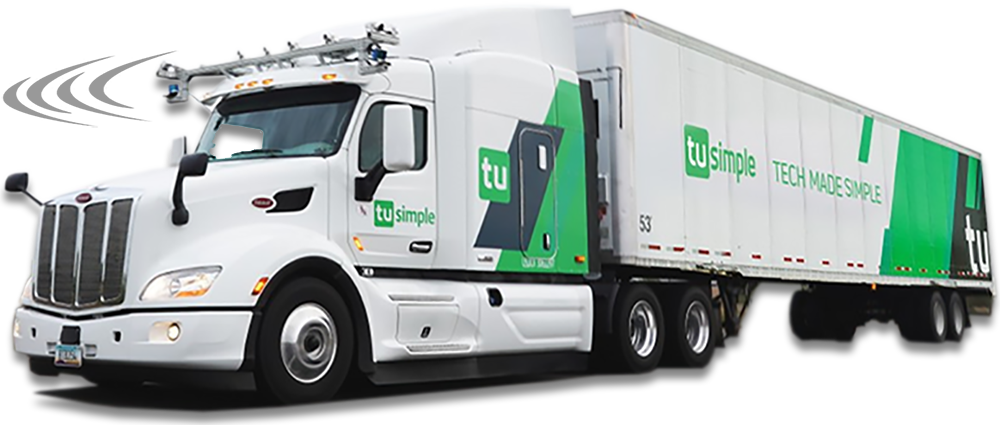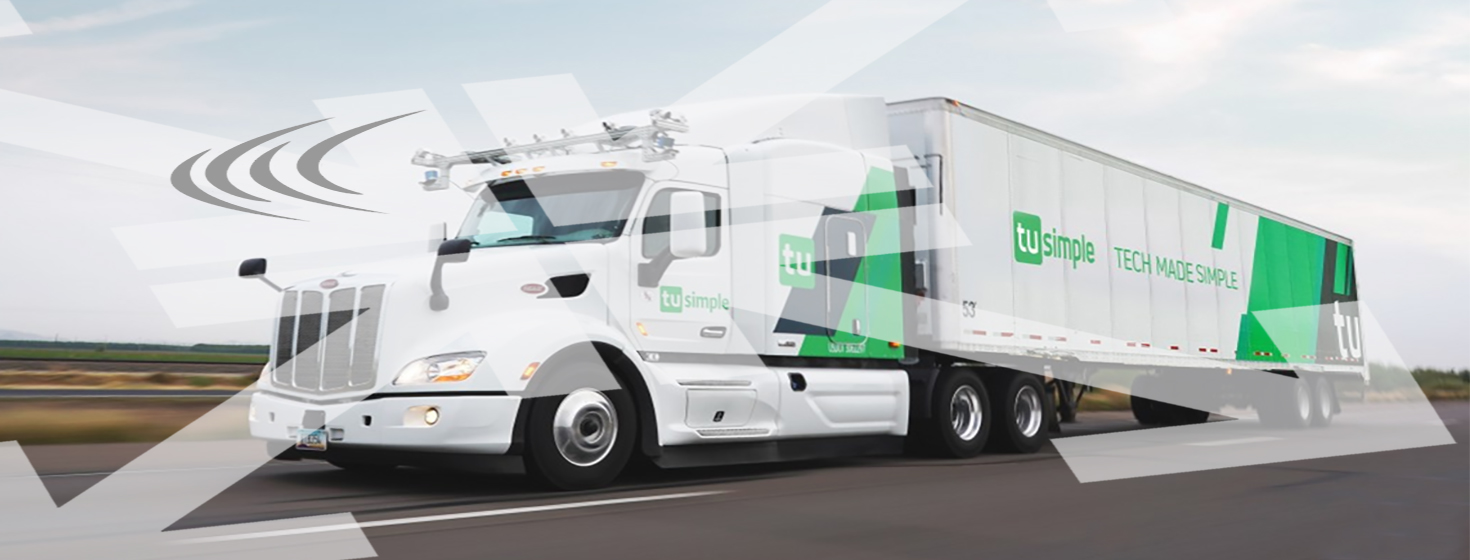Autonomous Trucking
The flying car of the future might still be out of reach, but autonomous trucking is moving quickly into view for many businesses.
Trucks manned by technology, with no human drivers, are currently being tested around the globe.
Companies have a vested interest in exploring how an autonomous fleet can help their business in the not-so-distant future.
Reductions in costs and simplification of processes are some of the many benefits we’ll discuss.
1. Saving on Shipping Costs
With autonomous trucking, human involvement in the driving function can be significantly decreased. Therefore, the costs associated with human drivers will drop as well. For example, companies can eliminate the labor costs of overnight driving or long-distance trips. Companies also won’t have to pay for other costs linked to human drivers, like insurance and accident liability.
Reducing human-caused driving errors can lead to fewer accidents, and autonomous trucking can eliminate the need for hauling to stop when drivers have to rest for the night.
Businesses will see an improvement in fuel usage as well. Autonomous trucks will know how to alter their routes to avoid costly delays and can be programmed to stick to ideal driving speeds. Electric trucks can also eliminate the need for petroleum-based fuel, which can virtually eliminate gas emissions. By making smarter route decisions, autonomous trucks can cut down their travel time and reduce shipping costs.
2. Solve the Driver Shortage Problem
There simply aren’t enough truck drivers on the road today. NPR reports a current shortage of 60,000 drivers, with as many as 100,000 needed in the next few years. Some businesses are overloading their trucks, pushing drivers beyond accepted safe driving practices, and must look for different ways to ship their products on time.
This is a worldwide problem. Multiple solutions are being researched and proposed to fix the issue. However, autonomous trucking can fill this driver shortage gap easily. Programmable vehicles are emerging as a possible solution to reduce the number of drivers needed on the road.
There are new job opportunities for this type of trucking. Shifting driving a truck on the open road to supervising and controlling trucks remotely will open up new ways for drivers to help businesses ship products. The ability to stay at home (or in an office) while controlling fleets of autonomous trucks may entice more people to join the transportation industry.
3. Changing Location and Number of Distribution Centers
More trucks on the road can create two different paths for production and distribution centers. One option would reduce the cost of transportation, leading to a reduction in the number of distribution centers. Current centers can either be enlarged or consolidated into centralized locations.
However, shorter lead times may also lead to an increase in the number of distribution centers. With autonomous trucking, more trucks on the road might lead to an increase in the number or variety of products available for shipment. The direction a company chooses to take with these two choices will depend on that business’s operating model and its industry niche. While some will consolidate to save even more money, others will want to expand to reach new consumers.
4. Creation of Platoon-based Truck Fleets
Automated trucking can allow businesses to create platoons of trucks. Controlled by the lead truck and driving in procession, these fleets would arrive at a single location at the same time. One person can manage multiple platoons and split up trucks individually when needed.
Convoys of trucks would reduce delays in the delivery of larger shipment volumes seen in full truckload shipments. It would also cut down on the need to have numerous people controlling individual vehicles.
Large shipments would no longer be a problem if groups of trucks can head out at the same time and arrive together at their destination. This would also get consumers or businesses the products they need faster. Cutting down delivery times makes everyone happy.
5. Automation of the Supply Chain
In the future, autonomous trucking won’t be the only part of the supply chain in which humans aren’t the main operators. Why not automate loading and unloading as well? This would lead to a further reduction in human-associated costs and labor. Some companies already have autonomous forklifts and other automated warehouse machinery, but further automation is currently being explored.
Automated equipment might ultimately lead to a truly 24/7 supply chain. In such a supply chain, trucks can unload while others load and still others head out in platoon, all from the same distribution center at the same time, no matter what time it might be. Day and night shift workers can supervise these automated devices and be ready to fix small problems or reprogram things if any errors occur.
But automated production centers are still a ways off. There’s still time for business leaders to consider how to address these changes and meet the demands of both autonomous fleets and connected consumers.
Plus, there’s technology to consider when implementing this type of supply chain automation. Cloud-based technologies will play major roles in this environment, especially for businesses and workers scattered around the globe. Utilizing cloud-based ERP systems can help companies effectively supervise and maintain continuous and distributed supply chains.
As demand grows for faster product shipments, autonomous trucking can aid businesses in getting items to their buyers in a timely manner. The changes this technology will bring to the table also impact supply chain methodologies. New ways of processing deliveries and product creation will be part of this ripple effect. Shippers will find that TMS systems, in particular, will become that much more instrumental in analyzing and maximizing the benefits of autonomous fleets and semi-autonomous warehouse devices.
However, autonomous trucking will bring large reductions in costs for companies. It also will cut down on emissions, should businesses elect to run their vehicles on electric power. Autonomous trucking is a new technology that can truly benefit each step of supply chain management.
Related Article: UPS Invests In Autonomous Trucking Company TuSimple
Webinar: The State of Autonomous Freight Trucks & Their Role in the Future of Freight
Watch Video Above

The mass adoption of autonomous driving will happen in autonomous trucks well before self-driving cars because of the prominence of highway driving and the repeatable and predictable routes. The benefit of self-driving trucks will be increased road safety, decreased transportation costs, and reduced carbon emissions - and that is what drives us every day.
In this 60-minute webinar co-sponsored by TuSimple, the only self-driving truck company capable of driving from depot-to-depot without human intervention needed and Cerasis, a leading North American 3PL focused on over-the-road transportation management solutions company shippers will learn about the state of autonomous freight trucks.
This webinar is perfect for those in the supply chain & freight industries looking to understand the state of autonomous trucks and how they will impact the future of freight.
In the webinar, the TuSimple and Cerasis team will cover:
- What is the state of Autonomous Freight Trucks?
- What are the challenges in adoption?
- How are Autonomous Freight Trucks different than self-driving cars and electric vehicles?
- What does the Autonomous Freight Truck market look like today?
- What will the future of freight look like with the mass adoption of Autonomous Freight Trucks?
- What will be the impact of Autonomous Freight Trucks on the truck driver community?
- How will Autonomous Freight Trucks impact freight operations?
Watch this educational video (above) on Autonomous Freight Trucks.
Article topics
Email Sign Up

















